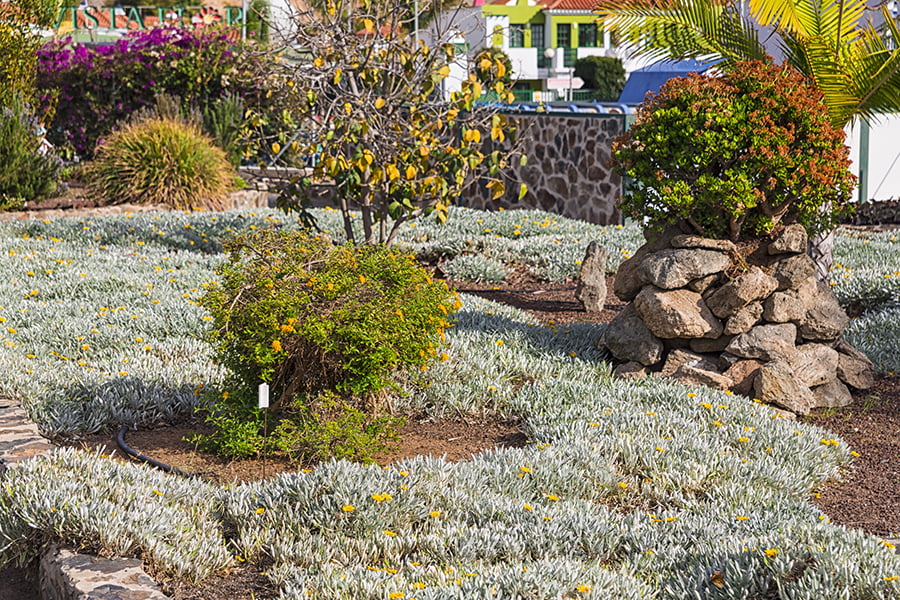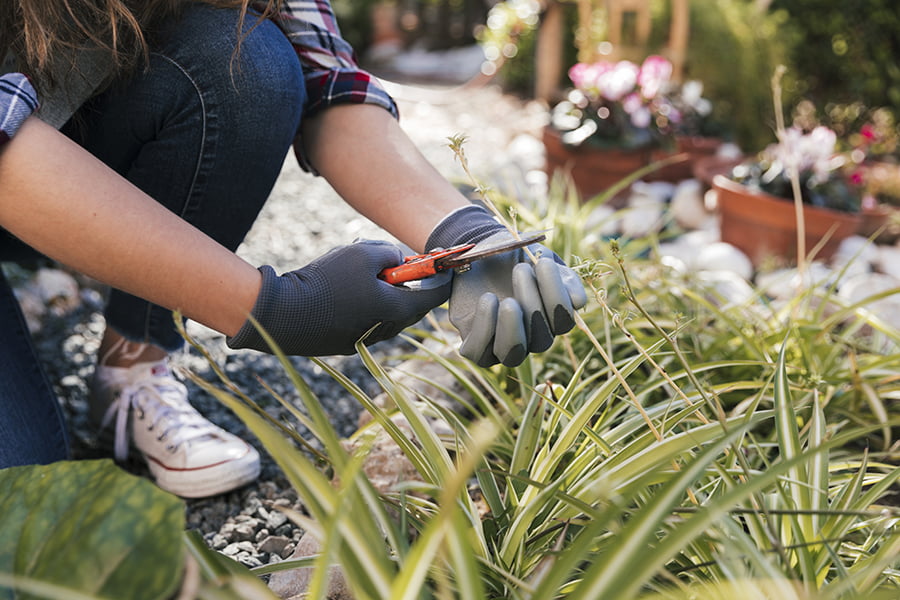Some drought-tolerant shrubs suitable for xeriscaping include lavender, rosemary, sage, Russian sage, cotoneaster, juniper, and yucca.
Xeriscaping is a great way to conserve water and create a beautiful garden. To make your xeriscape even more sustainable, consider adding drought-tolerant shrubs.
These hardy plants can withstand dry conditions, require little maintenance, and provide year-round interest in your landscape. Here are some of the best drought-tolerant shrubs for xeriscaping:
Look Inside:
Drought-tolerant Shrubs

These types of shrubs are ideal for xeriscaping, which is a type of landscaping that uses drought-resistant plants to conserve water. Drought-tolerant shrubs typically have deep root systems, thick foliage, and waxy leaves that help them retain moisture.
They also tend to be hardy and require little maintenance once established. Examples of drought-tolerant shrubs include rosemary, lavender, sagebrush, juniper, yucca, Russian sage, cotoneaster and barberry.
Xeriscaping

It is an environmentally friendly way to conserve water, reduce maintenance costs, and create beautiful outdoor spaces. Xeriscaping typically involves selecting native or adapted plants that require little irrigation, using mulch or gravel instead of grass in certain areas, grouping plants with similar water needs together, and installing efficient irrigation systems.
By utilizing these strategies, xeriscaping can help homeowners save money on their water bills while still creating attractive landscapes.
Water Conservation

It involves reducing the amount of water used for activities such as watering lawns, washing cars, and other outdoor activities. Xeriscaping is a type of landscaping that uses drought-tolerant plants and shrubs to conserve water in dry climates or areas with limited access to fresh water.
By choosing drought-tolerant shrubs for xeriscaping, homeowners can save money on their monthly utility bills while also helping conserve precious resources. Some examples of drought-tolerant shrubs suitable for xeriscaping include rosemary, lavender, sagebrush, yucca, juniper, and cacti.
These plants are able to survive in arid conditions with minimal watering requirements and can provide an attractive addition to any landscape design.
Low-maintenance Plants

They are ideal for xeriscaping, as they can survive in dry conditions with little water or fertilizer. Drought-tolerant shrubs are a great option for low-maintenance landscaping, as they can thrive in arid climates without needing much water or maintenance.
These shrubs typically have deep roots that help them access moisture from deeper soil layers, and their foliage is often thick and waxy to help retain moisture. Some examples of drought-tolerant shrubs suitable for xeriscaping include rosemary, lavender, sagebrush, juniper, yucca, and cacti.
Sun Exposure Requirements

Depending on the amount of sunlight a particular area receives, certain shrubs may be better suited than others. Generally, plants that require full sun will need at least six hours of direct sunlight each day in order to thrive.
Those that prefer partial shade should receive no more than four hours of direct sunlight daily. It is also important to note that some drought-tolerant shrubs can tolerate both full and partial sun, so it is best to research the specific needs of each plant before making a selection.
Soil Type Preferences

When it comes to drought-tolerant shrubs suitable for xeriscaping, some may prefer sandy soils while others may do better in clay or loam soils. It is important to consider the soil type when selecting a shrub for xeriscaping as this will determine how well it can tolerate drought conditions and other environmental factors.
For example, some shrubs such as rosemary and lavender are more tolerant of dry conditions and can thrive in sandy soils, while others such as boxwood and holly require more moisture and do best in clay or loam soils. Knowing the soil type preferences of each plant before planting is essential for successful xeriscaping.
